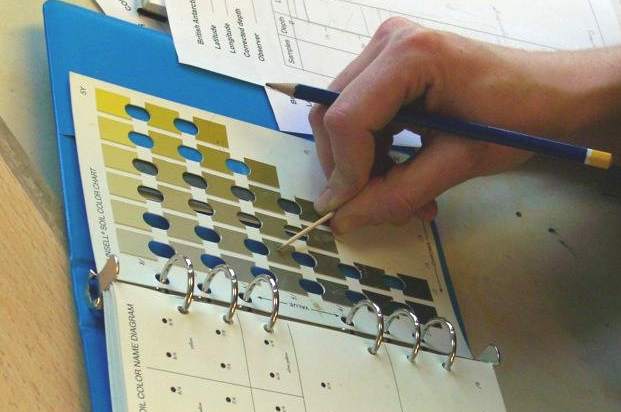The role of the Southern Ocean in regulating atmospheric CO2 on glacial-interglacial timescales
- Start date
- 1 September, 2012
- End date
- 31 August, 2016
The cause of the variability in atmospheric CO2 over glacial-interglacial timescales has been a puzzle since its discovery in the early 1980s. It is widely believed to be related to changes in carbon storage in the deep ocean, but the exact mechanisms responsible for sequestering and releasing CO2 from the deep ocean reservoir, including the role of ocean density stratification remains an open question.
My research attempts to reconstruct changes in the intermediate-deep ocean density gradient in the South Atlantic across the last deglaciation in order to assess the link between deep ocean stratification and atmospheric CO2.
I use benthic foraminifera Mg/Ca and oxygen isotopic composition to derived seawater temperature and salinity estimates of sub-Antarctic South Atlantic water masses over the last deglaciation.
Patagonian dust deposited in the sub-Antarctic during glacial times has widely-cited as a potential mechanism for increasing the flux of carbon (and CO2) into the deep ocean, through increasing export productivity in the sub-Antarctic. Typically, the focus has been on the deep distal sites where significant changes in the export productivity have been observed. However, productivity in coastal environments is orders of magnitude greater, and thus much more significant in terms of the global carbon budget. My research reconstructs glacial-interglacial changes in productivity from a down-stream site off the coast of Patagonia using a multi-proxy approach.
The Patagonian Ice Sheet
The glacial history of the southern Patagonian Ice Sheet has been interpreted through detailed mapping of terrestrial glacial landforms. Whilst these studies provide insight into the history of glacial advance and maximum ice sheet extent, however the scarcity of landforms specific to ice retreat makes interpreting the deglacial history more problematic. Marine sediment core can complement these studies by providing high-resolution continuous records of the deglacial history of the Patagonian Ice Sheet. I have used organic biomarkers from marine sediment cores off the coast of Patagonia to attempt to reconstruct the deglacial history of meltwater pulses being delivered to these coastal sites. I am currently using laser ablation on planktonic foraminifera to generate a trace metal record for the surface water.
Cold water route of Antarctic Intermediate Water
The vast majority of Antarctic Intermediate Water that enters the Atlantic basin travels through the Drake Passage and overflows shallow sills immediately south of the Falkland Islands. This pathway is known as the cold water route of Antarctic Intermediate Water. Understanding the glacial-interglacial changes in the end-member composition of this branch of Antarctic Intermediate Water is fundamental for informing models based on endmember mixing. One aspect of this research that I have been focusing on recently is the variation in bottom current speed of this branch of Antarctic Intermediate Water and whether these variations may be linked to the position of the South Westerly Wind Belt.

